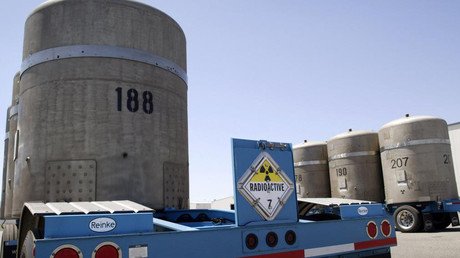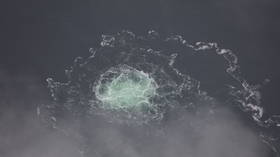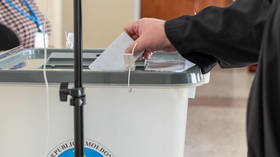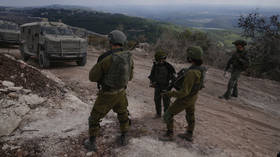‘No one has inhaled this much plutonium’: 5 staff exposed to radiation in Japan lab accident
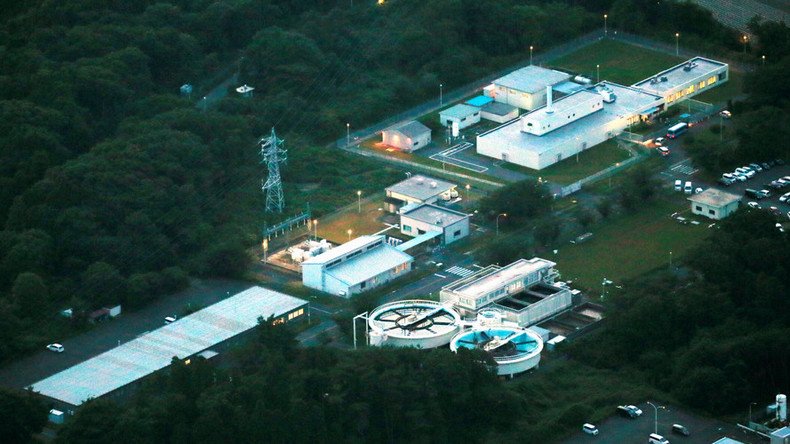
Japanese authorities are unsure about the medical prognosis for five staffers who inhaled toxic plutonium after mishandling it at the Oarai Research and Development Center outside Tokyo.
“As far as I can remember, no one has inhaled plutonium at this level,” said Ishikawa Keiji, a security official at the Japan Atomic Energy Agency (JAEA) which oversees the lab, cited by the Jiji Press news agency.
The accident occurred at 11:15am on Tuesday in the analysis room of the facility dedicated to researching improved nuclear fuel for its fast reactors.
One of the five men opened a metallic cylinder where the fuel, a mixture of uranium and plutonium, is stored before and after experiments. In the process, the double plastic wrapping inside which the radioactive material is kept ripped, and the toxic substance burst into the air.
Shunichi Tanaka, chairman of the Nuclear Regulation Authority (NRA), which has frequently criticized the JAEA for the conditions at its facilities, said “workplace complacency” was possibly to blame.
The NRA said the workers had never experienced a similar plastic rip before, and as a result, did not feel the need to complete their research in a tightly sealed environment.
The researcher responsible for opening the box, described as a man in his 50s, had 22,000 becquerels of plutonium-239 detected in his lungs, and the other four between 2,200 and 14,000 becquerels.
Officials said the five staff have not yet complained of health problems with one assuring that “the amount is not enough to cause acute radiation damage,” according to the Japanese newspaper The Asahi Shimbun.
The longer-term predictions were less definitive, however.
“Detection of 22,000 becquerels is a situation that cannot be easily brushed aside. It is no small amount, although it may not be life-threatening,” said Nobuhiko Ban, an NRA radiological protection specialist, quoted by The Asahi Shimbun.
The five have been injected with a substance that speeds up the discharge of radioactive materials and remain under observation at the National Institutes for Quantum and Radiological Science and Technology.
The NRA has previously said that JEAA was “unfit” to operate an accident-plagued prototype reactor at Monju and has also faced accusations of poor handling of radioactive materials at another site.
But a use for Japan’s large plutonium stockpile must be found, and there are currently plans for utilizing MOX fuel – a mixture of plutonium and uranium, such as that involved in the latest accident – to power conventional reactors instead of the low-enriched uranium that they were designed for.
